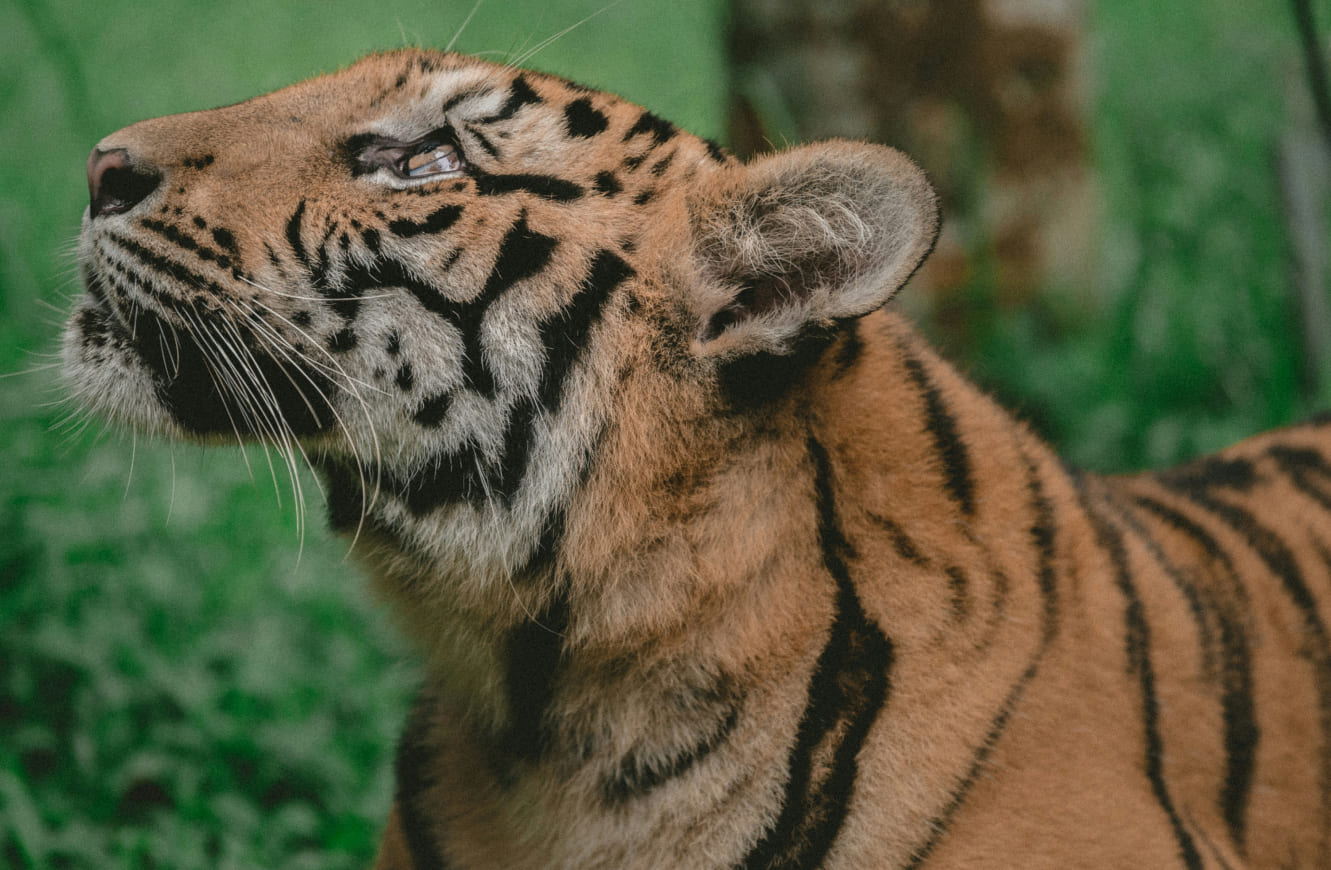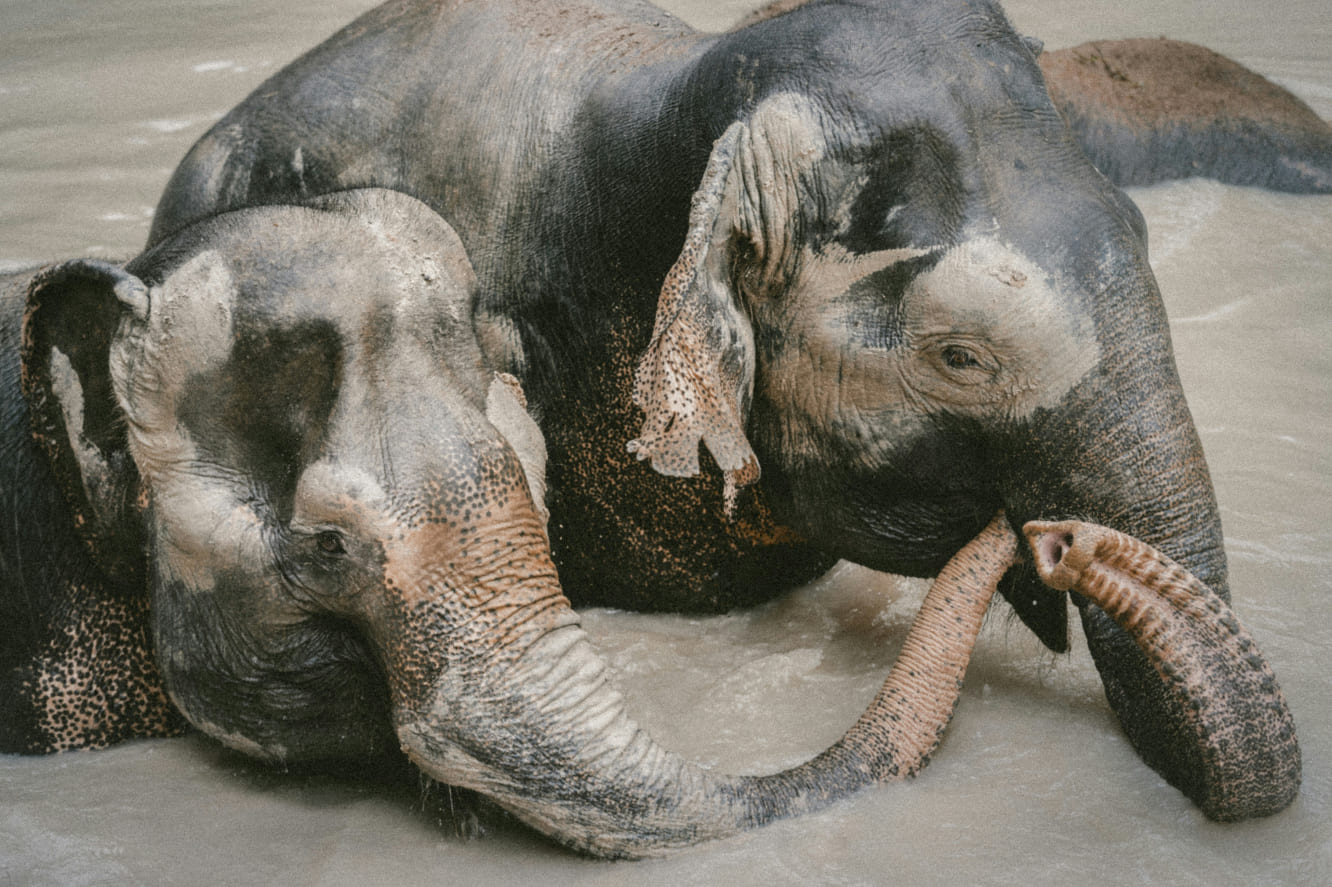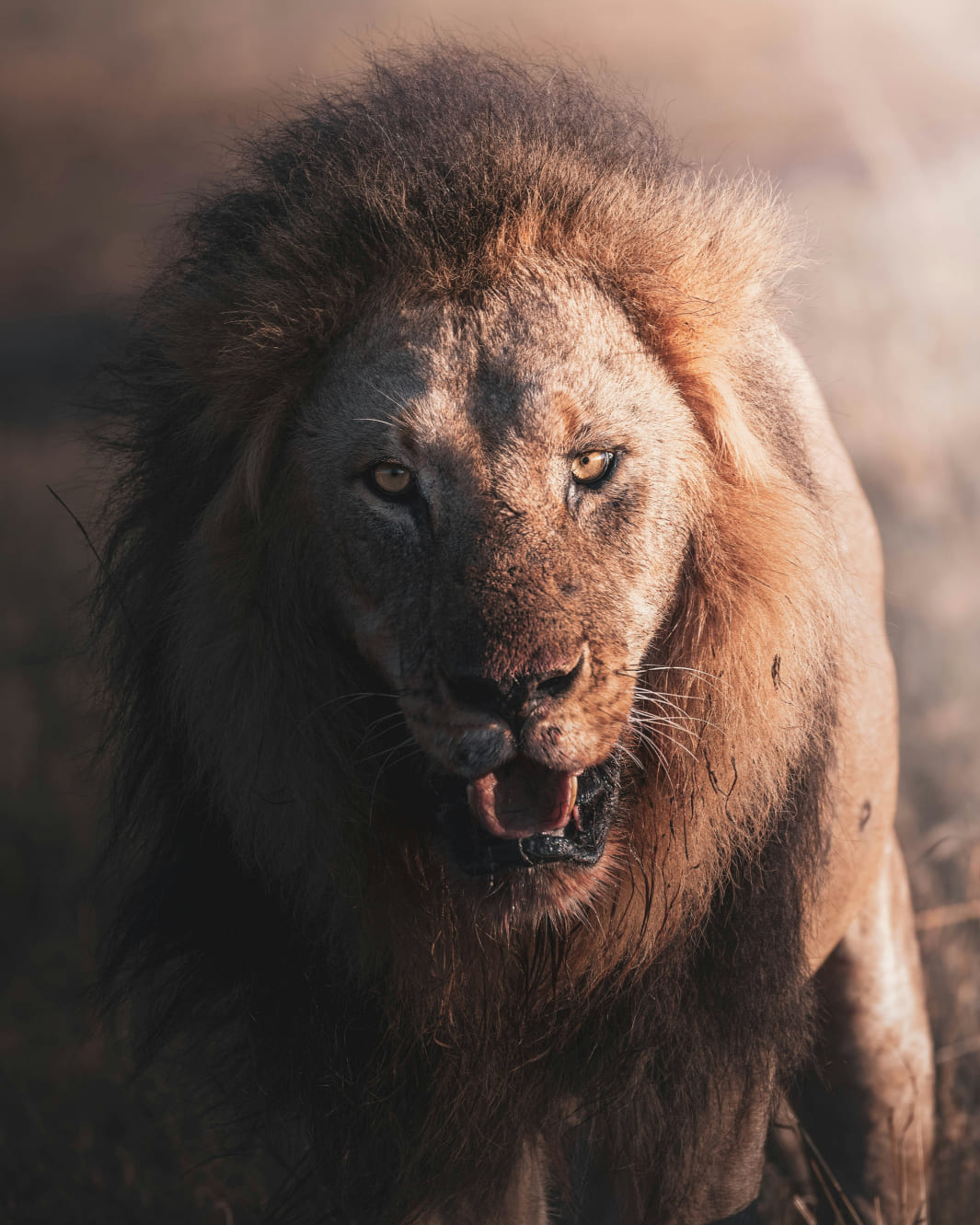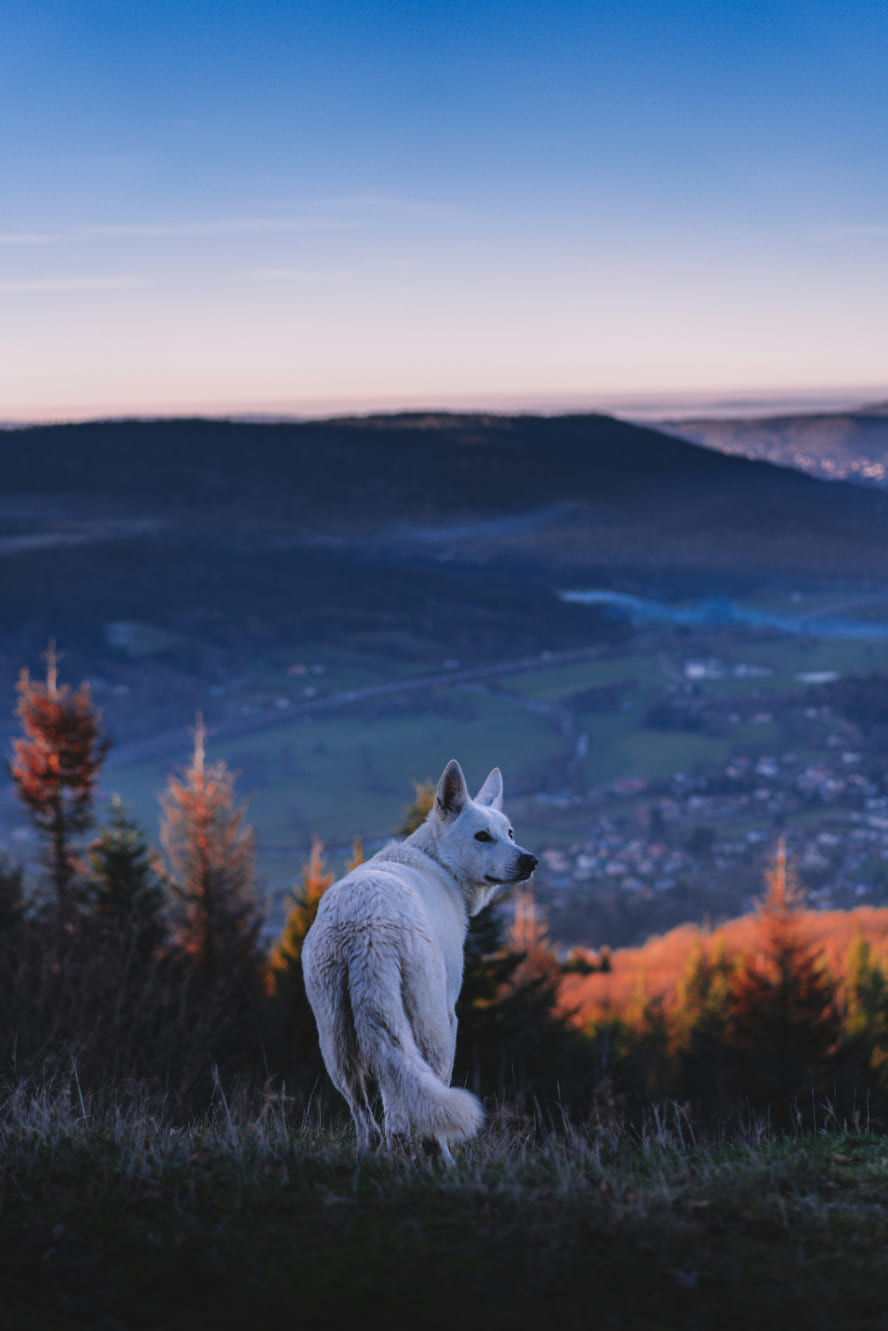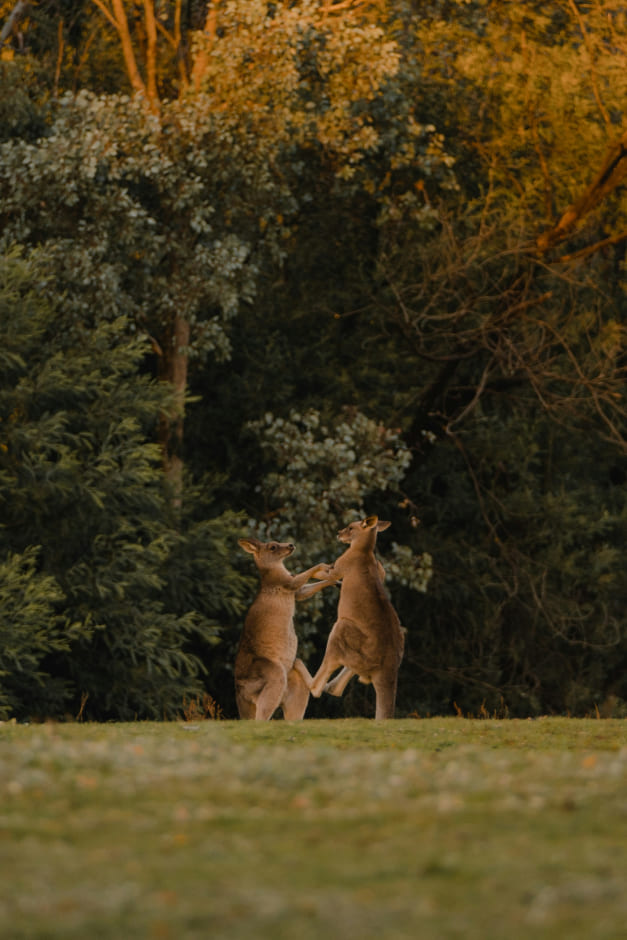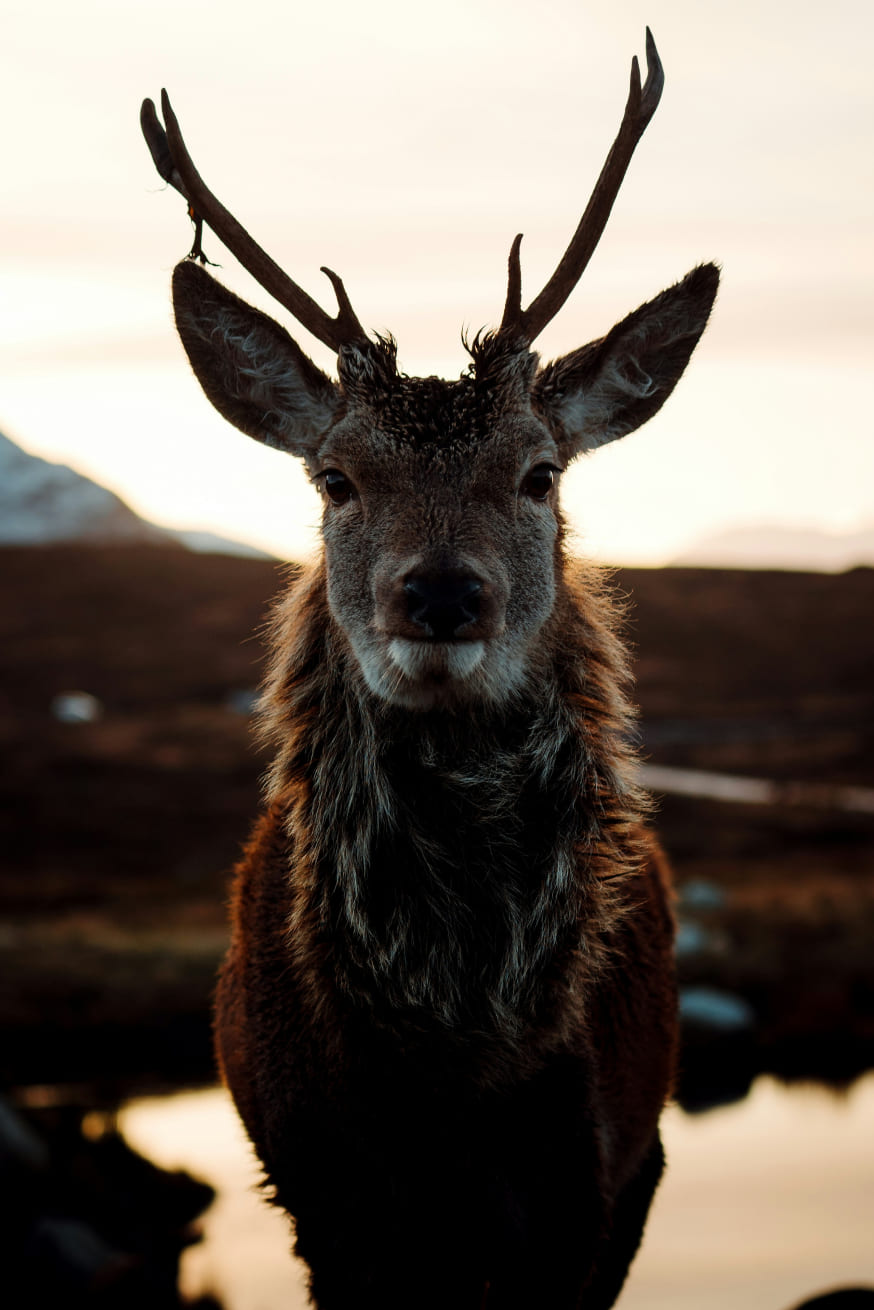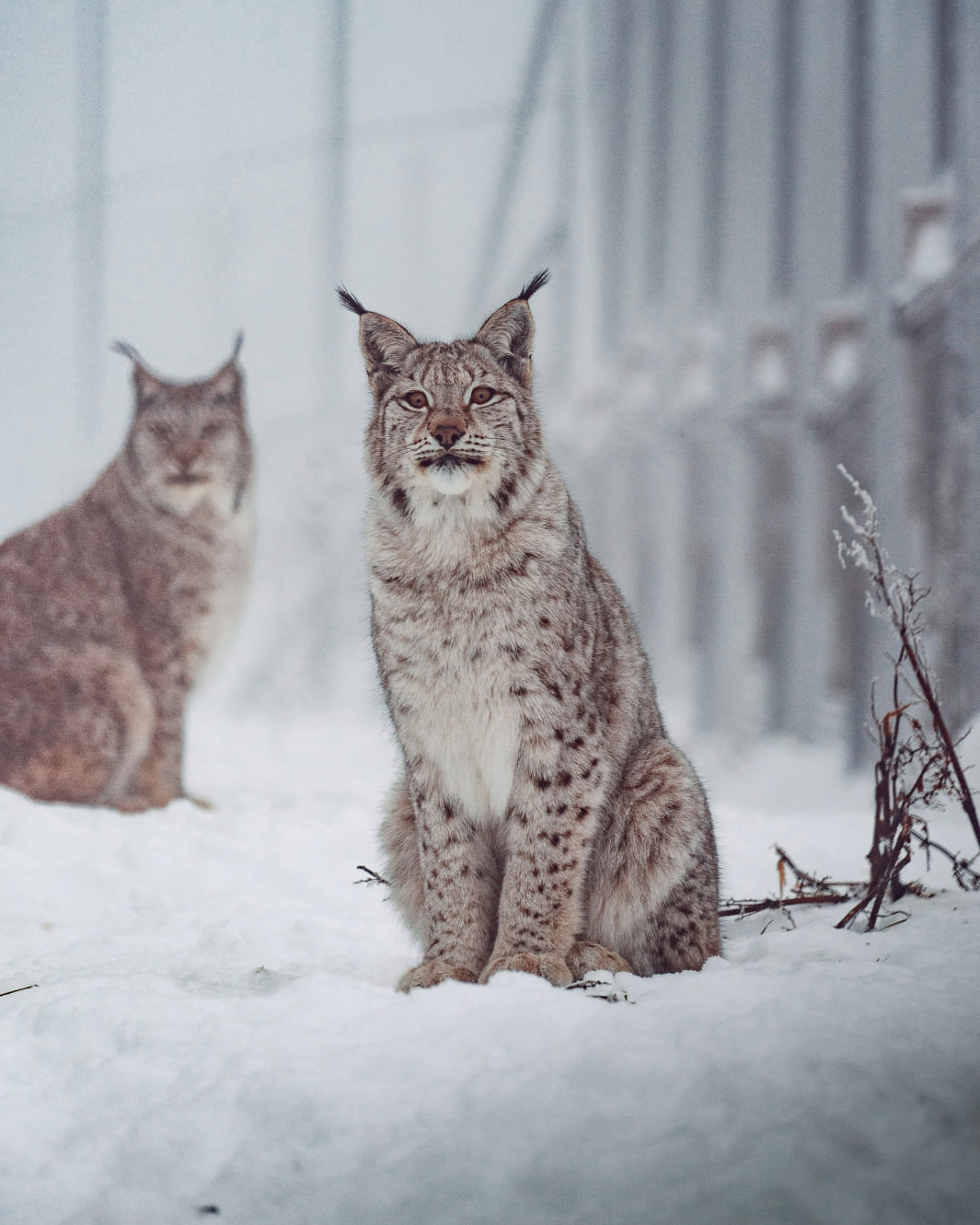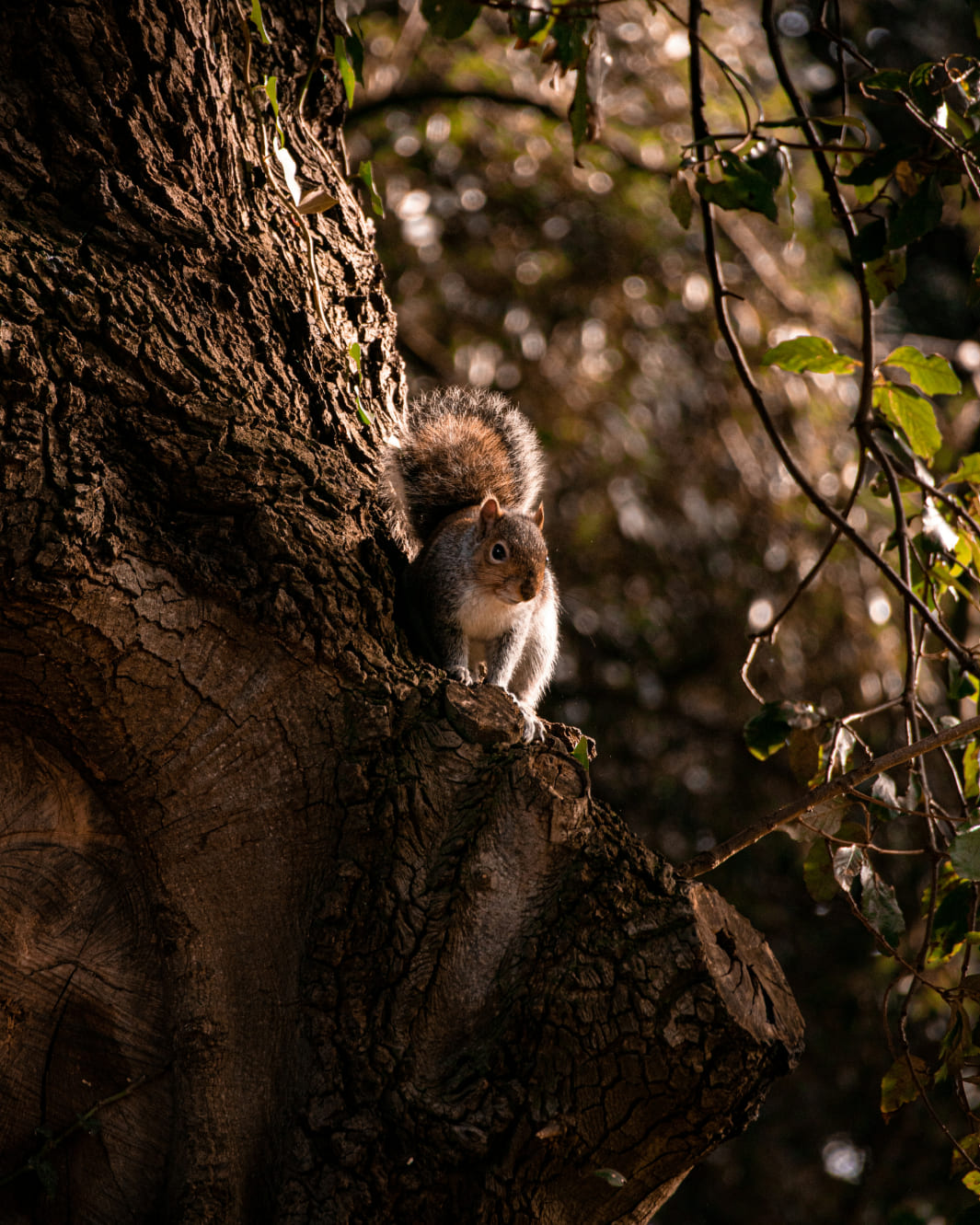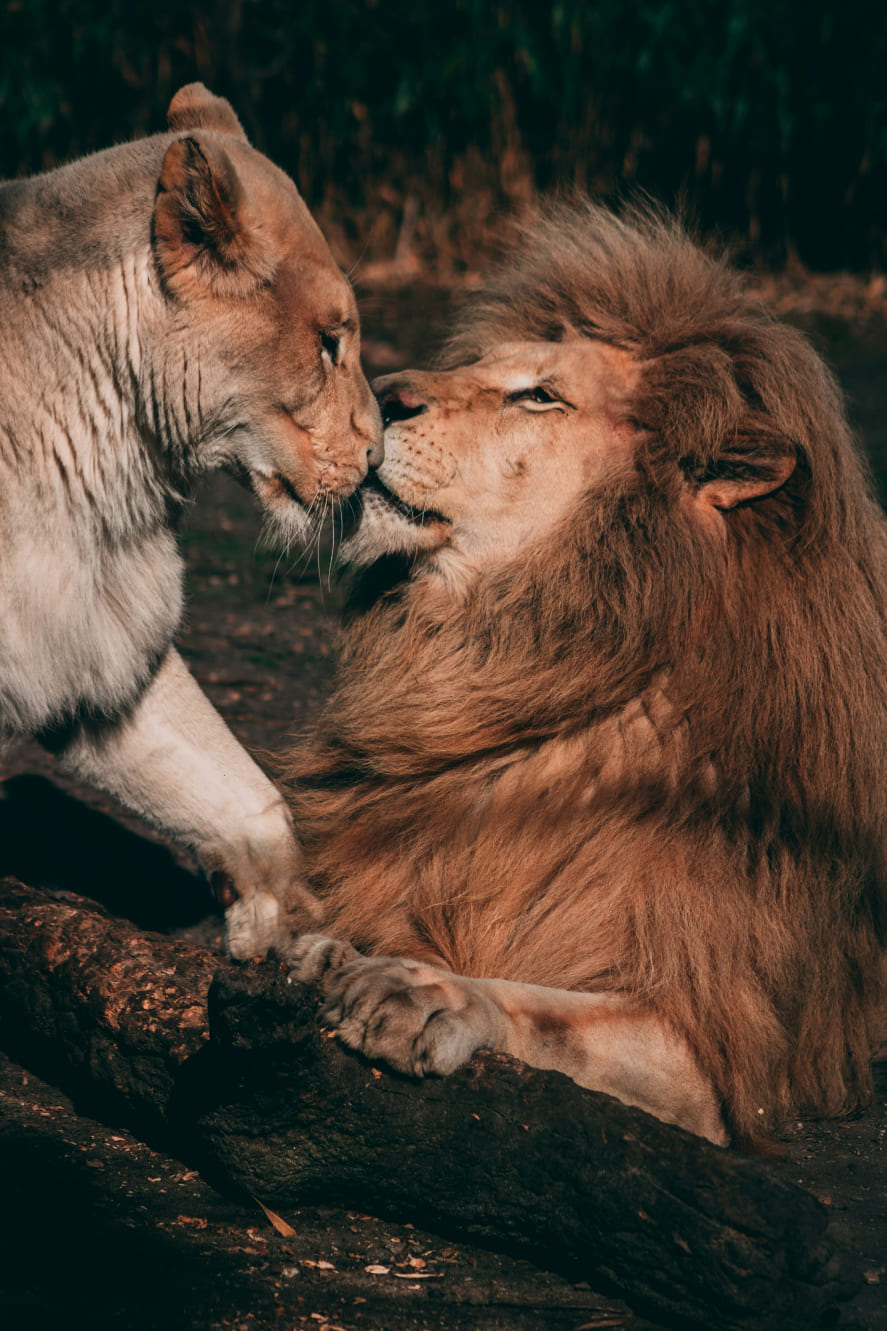
Giant Panda: A Bamboo Forest Guardian
The giant panda is one of the most iconic and adored creatures on Earth, residing primarily in the bamboo forests of China's mountainous regions. These gentle giants are specialized feeders, relying on bamboo for 99% of their diet. Pandas spend up to 14 hours daily munching on bamboo shoots, stems, and leaves, consuming nearly 40 kilograms to sustain their energy.



